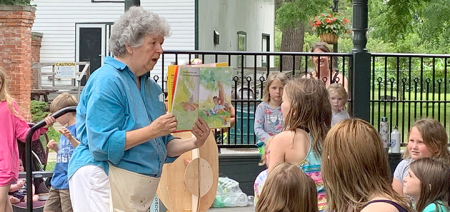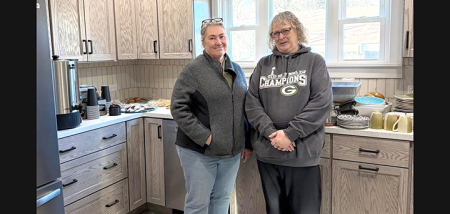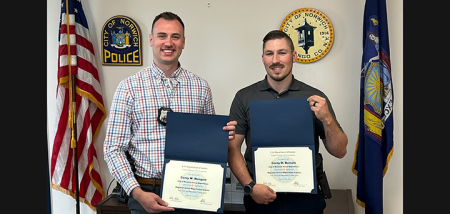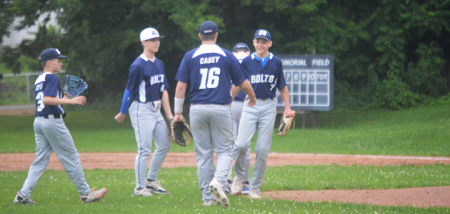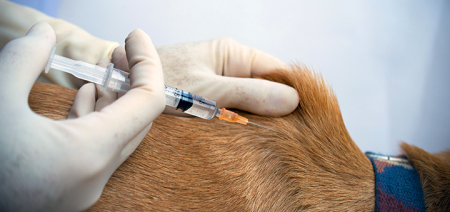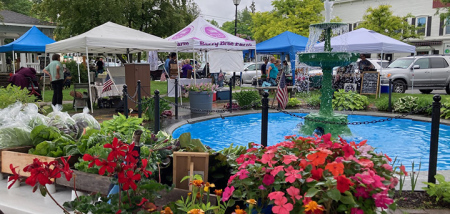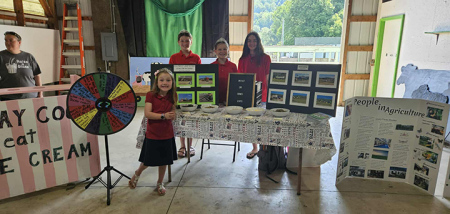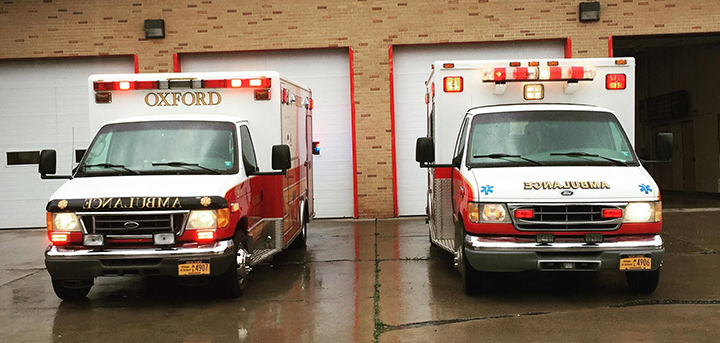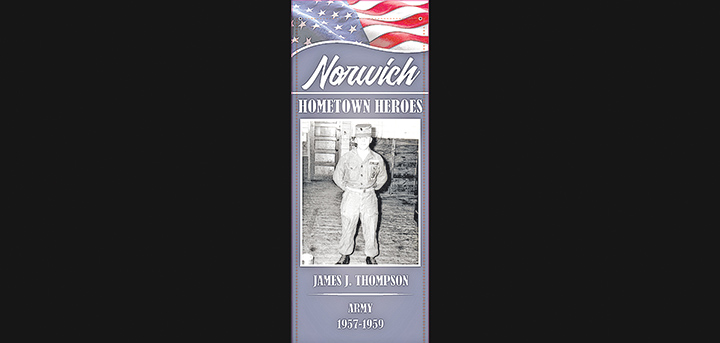Late Blight Confirmed On Some Chenango Tomato Crops
Published:
July 31st, 2012
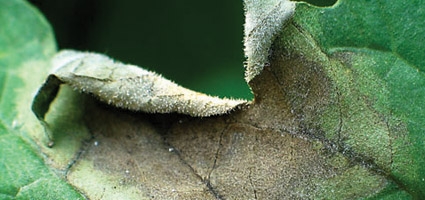
NORWICH – Late Blight has been confirmed on tomatoes in a garden in the eastern portion of the Town of Norwich, according to Cornell Cooperative Extension of Chenango County.
Late Blight is a disease of tomatoes and potatoes. It moves quickly within and between gardens and can devastate whole crops within days. Dark lesions form on the stems and leaves, and eventually the fruit. These lesions look “watery” and have no yellow margin. Drought stress can look similar. To see images of Late Blight and some look a-like diseases, go to www.longislandhort.cornell.edu/vegpath/photos/lateblight—tomato.htm.
If you believe you have Late Blight, submit a sample to the Cornell Plant Diagnostic Clinic. Call or see the website for sample packing and handling: plantclinic.cornell.edu or 255-7860. The clinic is tracking both the location and the strain of Late Blight, sample submission is encouraged. “If Late Blight is confirmed on your sample, please notify your neighbors so they can also take action,” said J. Rebecca Hargrave, horticulture and natural resources eductor.
Late Blight can overwinter on diseased potato tubers and is carried from infected plants by the wind. “Promptly destroy any plants thought to be infected,” Hargrave said. “Plants should be bagged and landfilled or burned; do not compost them. Dig up all potato tubers in the fall. Start with certified disease free seed potatoes each spring.” For more information on Late Blight and practical measures you can take go to www.longislandhort.cornell.edu/vegpath/pdfs/Trifold—late—blight—IthacaNY%20%282%29.pdf.
You can protect your tomatoes and potatoes now. The official Cornell Guidelines for home vegetables (tomatoes and potatoes) is:
•If diagnosis is confirmed, use azoxystrobin (not near apples), Bacillus subtilis, chlorothalonil, copper soap (copper octanoate), or copper sulfate. The fungus that causes late blight has become a major threat to home gardens and commercial growers because of the migration of new strains (genotypes) into the United States. Verification of a late blight diagnosis and implementation of prompt control measures are highly recommended. The newly arrived strains are more aggressive than previous strains. Protectant fungicides (chlorothalonil or copper products) should be used at first appearance of disease.
For more details and commercial production guidelines see http://ipmguidelines.org/.
If you have any questions about Late Blight or other garden diseases, call the Chenango County Master Gardener Hotline at 334-5841, ext. 13.
Comments
